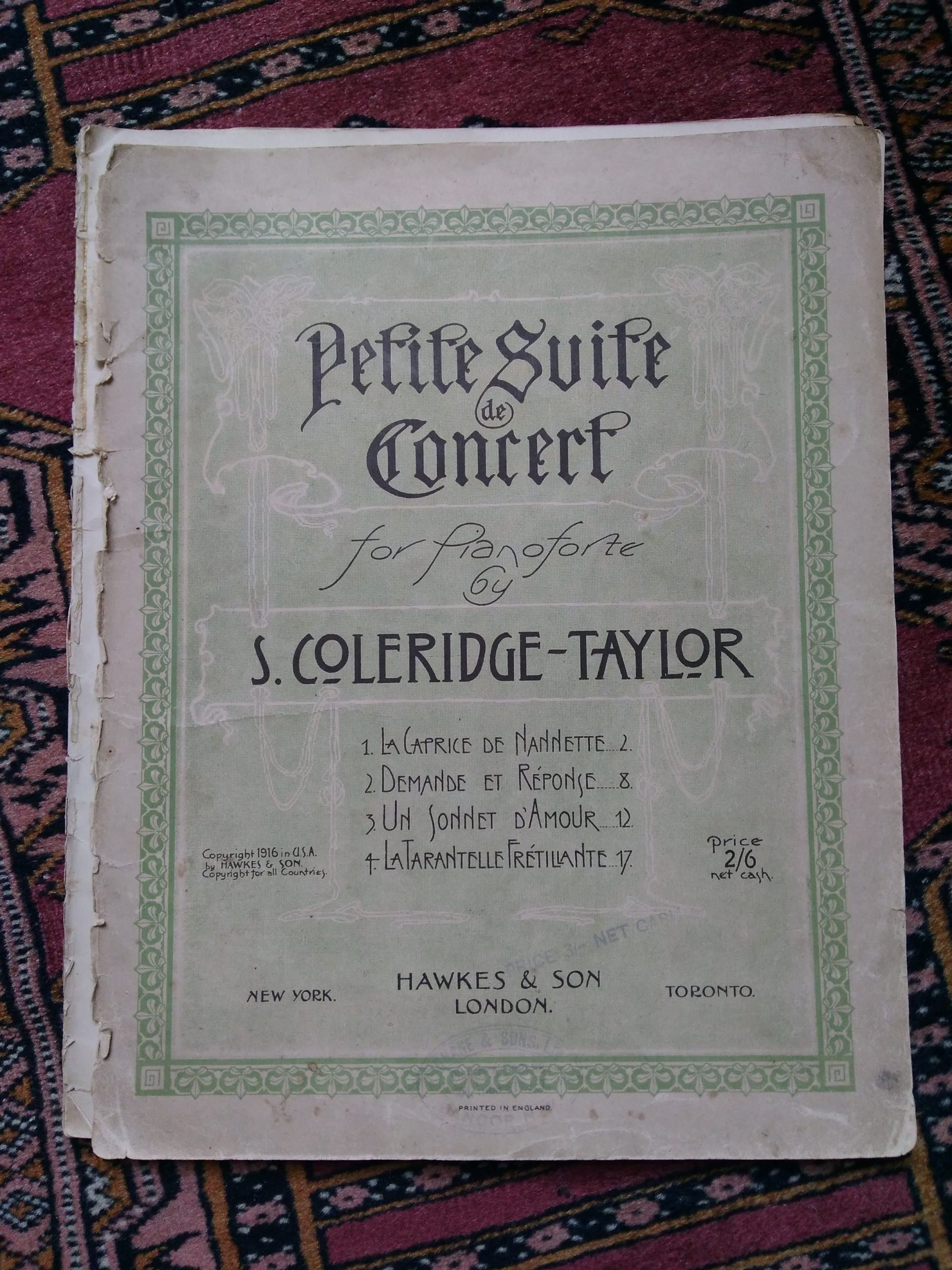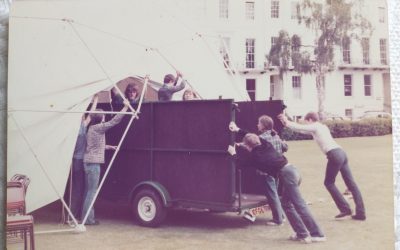 Recently, at a Zoom meeting of my piano club, one of our members played Samuel Coleridge-Taylor’s Petite Suite de Concert. It was new to most of us, but we were all struck by its charm.
Recently, at a Zoom meeting of my piano club, one of our members played Samuel Coleridge-Taylor’s Petite Suite de Concert. It was new to most of us, but we were all struck by its charm.
I remember being puzzled when I first heard of a composer called Samuel Coleridge Taylor. Wasn’t that the name of a Romantic poet? Oh no, wait: the poet was Samuel Taylor Coleridge. Was there really a composer whose name juggled those same three words? (In fact, it seems the choice of name, and its similarity to the poet’s, was a jeu d’esprit on the part of Alice, the composer’s mother.) Then there was the further surprise of learning that Samuel Coleridge Taylor was an unusual figure in the Victorian era, a black composer of classical music.
His father was an African doctor from Sierra Leone, and Alice was his white English mother. After studying medicine in London, Coleridge Taylor’s father returned to Africa before his son was born. The boy (called Coleridge by his family) grew up with his mother and grandparents, who encouraged his musical gifts. By the age of 15 he was enrolled in the Royal College of Music, studying composition with Sir Charles Stanford, who had a high opinion of him. Soon he came to the attention of Elgar, who helped him get his music published and performed. Elgar’s great friend Jaeger, the inspiration for ‘Nimrod’ in the Enigma Variations, said that Coleridge Taylor was ‘a genius I feel sure’.
A printer’s error on a concert programme accidentally gave the young composer the double-barrelled surname of Coleridge-Taylor, a name he decided to use professionally.
While still a student he composed the work which made him famous: Hiawatha’s Wedding Feast, a cantata for choir and orchestra, inspired by Henry Wadsworth Longfellow’s poem. Sir Charles Stanford conducted the premiere in 1898 and the work was immediately taken up by choirs of all kinds. Coleridge-Taylor died in 1912 at the age of only 37, but in the decades after his death, Hiawatha’s Wedding Feast was as popular and as often performed as Handel’s Messiah. Between 1929 and 1939 there were annual staged performances of Hiawatha at the Royal Albert Hall, with huge choirs and colourful scenery. Whenever it is revived today, choirs say they love singing this tuneful and atmospheric music.
The Petite Suite de Concert for piano (1911) has four movements, in a style somewhere between Elgar and Arthur Sullivan (of Gilbert and Sullivan fame). Coleridge-Taylor knows how to tread lightly; his music is sincere, but often seems to look ahead to the salon pieces of Billy Mayerl – designed to uplift rather than to stir. Its gentle array of melodies and dance episodes stay in the ear for a while afterwards. The atmosphere of the tea lounge is never far away; perhaps the Petite Suite was aimed at a certain sort of audience, but its musical appeal is wider than that.
It’s incredible to think that at this time, Stravinsky was about to unleash The Rite of Spring on the musical world.




I grew up with this (now approaching 70) as Caprice de Nanette was one of my mum Jean’s ‘party pieces; I loved it and asked her to play it often (along with Sinding’s Rustle of Spring).
I knew little about SCT or his work and was disappointed many years later to find the suite was orchestral originally – still prefer piano!